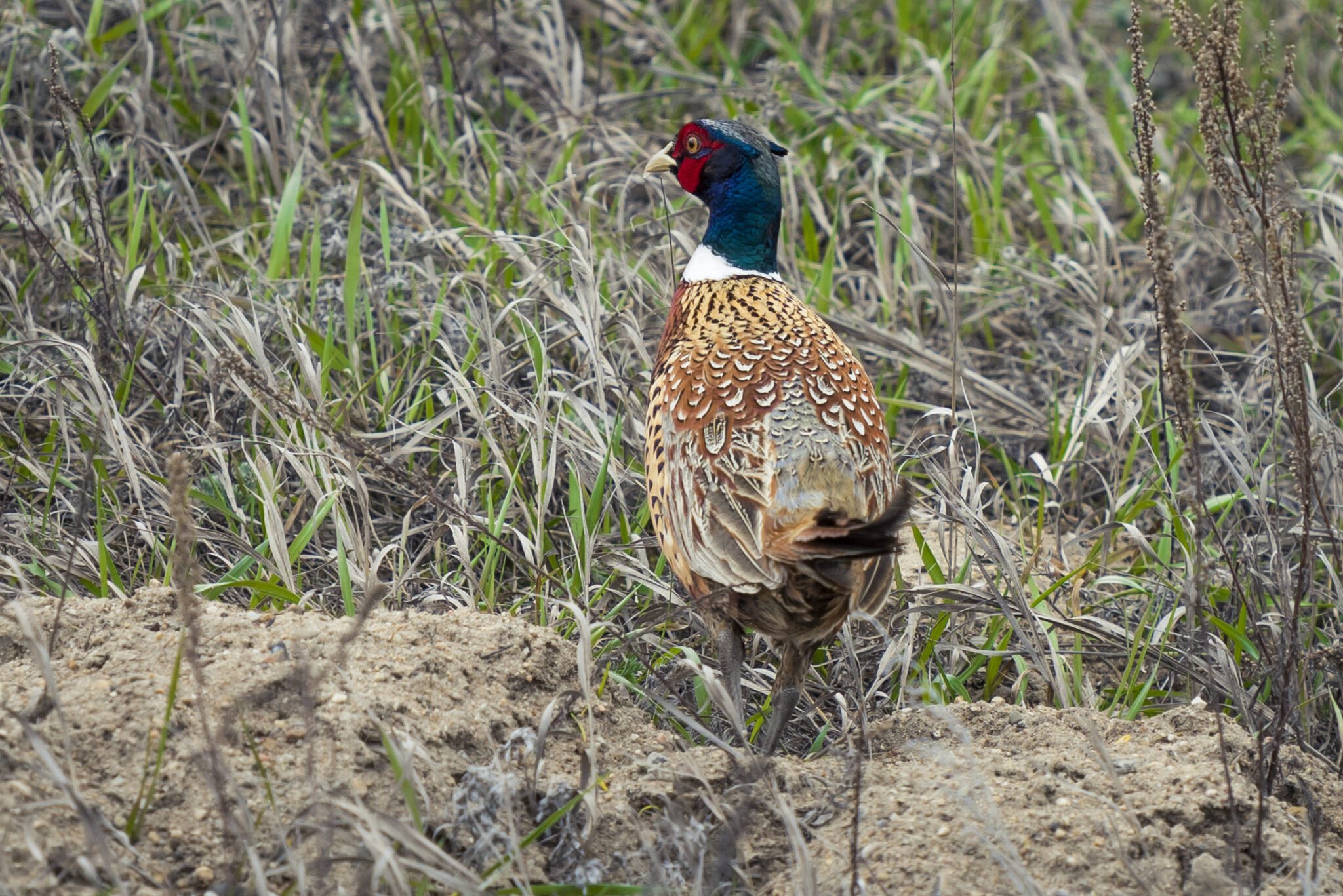NRCS uses Landscape Conservation Initiatives to accelerate the benefits of voluntary conservation programs, such as cleaner water and air, healthier soil and enhanced wildlife habitat.
The On-Farm Energy Initiative enables producers to identify ways to conserve energy on the farm and implement practices associated with energy conservation.
Honeybee Effort Honeybees pollinate an estimated $15 billion worth of crops annually, including more than 130 fruits and vegetables. One out of every three bites of food in the United States depends on honeybees and other pollinators. But honeybee populations have suffered significant declines in recent years.
The Organic Initiative provides opportunities for organic producers to address resource concerns related to organic production.
The Working Lands for Wildlife Initiative is a partnership aimed at combating the decline of wildlife species whose decline can be reversed and will benefit other species similar habitat needs. Through Working Lands for Wildlife, North Dakota landowners can voluntarily participate in an incentive-based efforts to:
- Restore populations of declining Sage Grouse.
- Provide farmers, ranchers, and forest managers with regulatory certainty that conservation investments they make today help sustain their operations over the long term.
- Strengthen and sustain rural economies by restoring and protecting the productive capacity of working lands.
Through these initiatives, NRCS seeks to accomplish:
- Conservation beyond boundaries—Landscape-scale natural resource concerns, such as species conservation and water quality, cannot be treated effectively based on geo-political boundaries. NRCS recognizes that natural resource concerns transcend farm, county, and state boundaries.
- A science-based approach—Findings from the multi-agency Conservation Effects Assessment Project (CEAP) indicate the most effective way to increase protection of natural resources is to target conservation to the most vulnerable or valuable areas and to apply a system rather than a practice-by-practice approach. Within individual initiatives, the best available university and government science resources are used to define initiative targeting approaches.
- Build on existing locally-led efforts and partnerships—NRCS seeks to maximize the success of initiatives by leveraging partner interest and resources through programmatic and other tools.
- Regulatory certainty for agricultural producers—Where applicable, NRCS is working with regulators so agricultural producers can have certainty that the voluntary conservation systems they implement are consistent with current and potential regulation, as well as sustained agricultural production.


